Fungal infections can cause hair loss. The hair will become weak, brittle, and lifeless. Combing your itchy skin is disastrous – hair becomes broken and torn. Can fungi cause hair loss? What are the symptoms? What are the risk factors, how can it be treated, and is it possible to prevent these diseases?
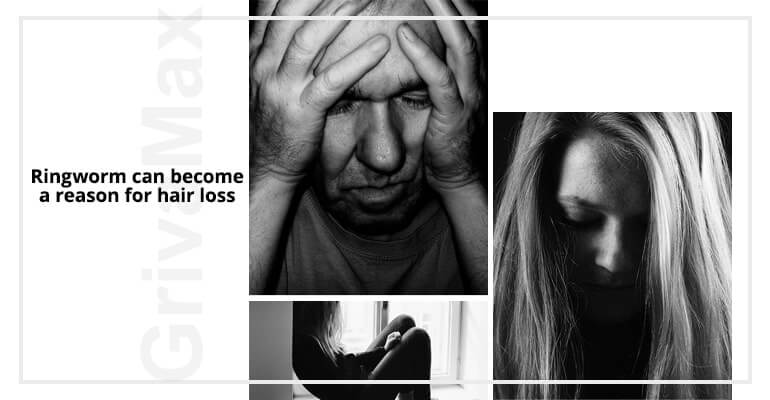
Ringworm
Description
This condition is also called trichophytosis or scab. It is very common: according to the WHO, over 90% of all fungal infections in America and Europe is ringworm. Pathogens are the fungi of three genera Trichophyton, Microsporum and Epidermophyton, united by a common name – dermatophytes (this group is bigger, dermatophytes are the fungi, parasitizing on the skin, hair, nails). They affect the hair itself, as well as the scalp. Dermatophytes can infect humans and animals (including domestic animals). The disease is easily transmitted, therefore children suffer from it very often. A high percentage of ringworm affects homeless people, who live in crowded and often unsanitary conditions.
Symptoms and Diagnosis
- Rounded bald spots.
- Severe itching. In this case, if a person combs the affected area, he loses his hair.
- Hair looks fragile and broken.
- Redness and peeling. Plaque may appear on top of bald patches (that’s what a fungus colony looks like).
- Gray spots.
- Wetting, and swollen thickenings – more often in adults.
Those symptoms do not always allow you to accurately identify the disease. Even though a sufficient exam might be enough for an experienced dermatologist to find out the diagnosis, a biopsy is usually needed. And If you find a dispute, the diagnosis is confirmed. A diagnosis will be confirmed by detecting fungal spores.
Risk factors
- Using other people’s hygiene items, such as hats, razors, combs, and towels.
- Physical contact with a diseased animal.
- Having wet hair for a long period of time.
- Minor or severe head injuries.
Treatment and prevention
The most effective can be local treatment. It usually includes a therapeutic shampoo with pyrithione of zinc, selenium sulfide, povidone iodine, or azoles (ketoconazole, itraconazole, fluconazole, clotrimazole, etc.). As a complex treatment, azoles, griseofulvin, and terbinafine can be taken orally. The list of drugs and dosages, treatment plans, and its duration should be determined by your doctor.
Preventive measures:
- Use only personal hygiene items. Each person should have a personal comb, razor, and towel.
- Taking proper care of pets. This includes regular veterinary examinations, and visiting the veterinarian at the first signs of problems.

Dandruff and Pityriasis versicolor
Fungi of the genus Malassezia SPP causes all known dandruff (increased skin peeling), as well as pityriasis (colorful) tetter. These pathogens belong to lipophilic yeast (11 out of 12 species feed on sebum) and are the reason for 75-85% of the cases of scalp seborrheic dermatitis. Yeast fungi are not contagious, as almost everyone has it. Normally their presence does not lead to a disease. The disease trigger is usually seborrhea – the increased secretion of sebum. Due to increased nutrition, fungi start to reproduce. Seborrhea itself can be caused by many factors – from hereditary predisposition and hormonal disorders to stresses. Men after puberty suffer from it more often, although seborrhea in women is also not so rare. There are three types of seborrhea: fatty, dry and the mixed form. Seborrheic dermatitis can affect not only the scalp, but also the entire head, and even the body.
Do not underestimate dandruff and think of it just as a cosmetic defect and unpleasant sensation. Dues to dandruff, we lose two to three times more hair than we normally would. Also, seborrhea can indicate serious and complicated diseases.
Symptoms and diagnosis
- Itching.
- Red-brown spots, rashes.
- Inflammation.
- Yellowish, grayish, white particles on the scalp, hair, and shoulders.
- Crusts caused by scratching.
To determine the correct diagnosis, a dermatologist will conduct a visual inspection. Special dyes can be applied to identify spores on the scalp.
Risk factors
- Poor hygiene.
- Fatigue, stress.
- Heart and blood vessel diseases.
- Age.
- Excessive scalp oils.
Treatment and prevention
Most doctors prescribe shampoos with pyrite of zinc, imidazole, charcoal, resin, and selenium sulphide. Lotions, mousses with terbinafine, azoles, cyclopicasalamine, and butenafine can be used as well. In advanced cases, systemic drugs from the group of azoles may be prescribed.
The correct diagnosis and elimination of the main cause of seborrheic dermatitis is especially important, otherwise the eliminated symptoms will return. If seborrhea is congenital, then only symptomatic therapy can help.
For prevention, you need to pay extra attention to your hygiene, and avoid fatty, sweet foods and alcohol. The rest of the recommendations may vary for each individual case.

Piedra
Another name for it is trichomycosis or tinea nodosa pilaris. This fungal infection with the Spanish name (meaning “stone”) has two types – black piedra and white piedra. They are caused by different fungi – Piedraia hortae and Trichosporon beigelii.
Black piedra is found mainly in tropical countries. It affects hair on the head, and the white piedra may attack the body’s hair. The piedra is much less common than ringworm or dandruff.
Symptoms and diagnosis
- Nodules at the base of the hair: dark and stony with black piedra, and white-grayish nodules with white piedra.
- In advanced cases, the nodules of black piedra produce a special, metallic sound when combed.
- The hair on the affected areas is shorter and brittle.
The diagnosis can be confirmed by visual inspection and spore detection.
Risk factors
Main causes:
- High humidity (climate, sweating).
- Moisturizing of wet or half-dried hair with vegetable oils.
Other factors can be using other people’s hygiene items, or wearing hair in tight braids or tales, and dust.
Treatment and prevention
Different types of piedra require local treatment medications: terbinafine, azoles, and tolnaftate. The ones taken orally are terbinafine and itraconazole. It may be necessary to cut hair shorter so that the skin can more easily absorb drugs. It is also necessary to avoid water and high humidity.
Prevention: hygiene, avoiding moisture and dust with hair, relaxed and loose hairstyles, and using only personal hygiene items and hats.
In conclusion
To protect yourself from fungal hair infections, you should always maintain a high level of skin and hair hygiene. Do not use other people’s hygiene items or clothing. Since fungi multiply rapidly in wet and fatty areas, it is necessary to avoid these factors as much as possible. Healthy immunity and an undamaged scalp will reliably protect you against any fungal infection.
Even if all of the above do not protect you from fungi, the main thing is to see a doctor as soon as possible, and, of course, to find an effective treatment. Various home remedies can only aggravate the skin condition and won’t work at all in the fight against the fungi.
 3,417
3,417
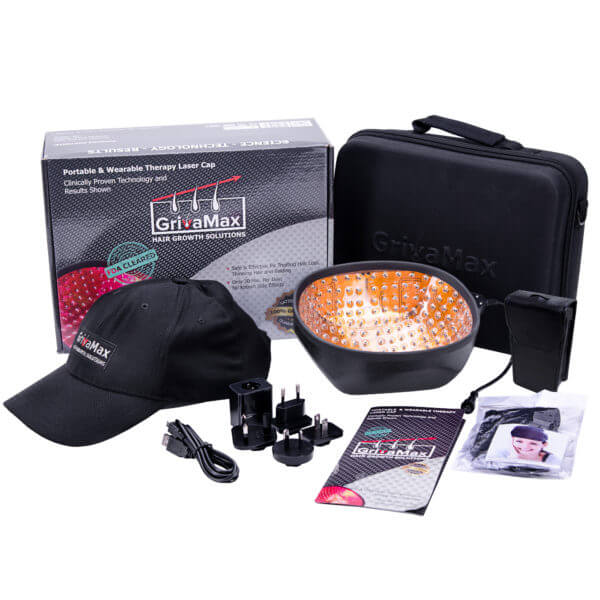
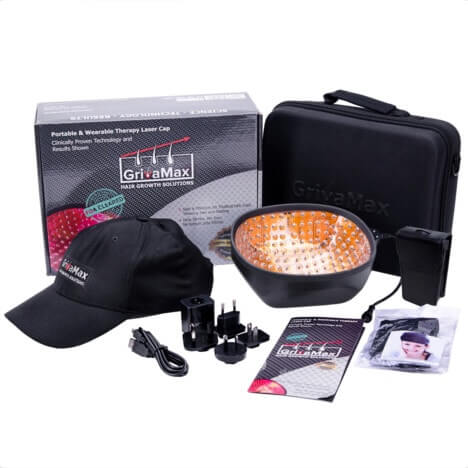
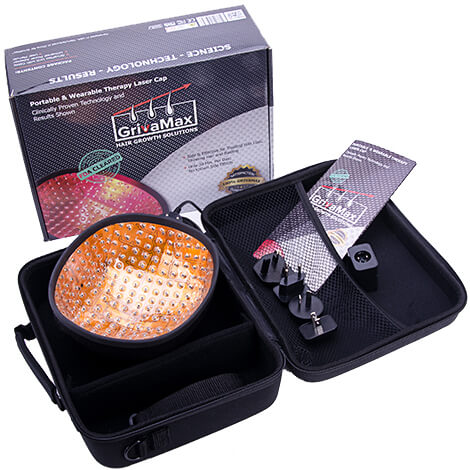





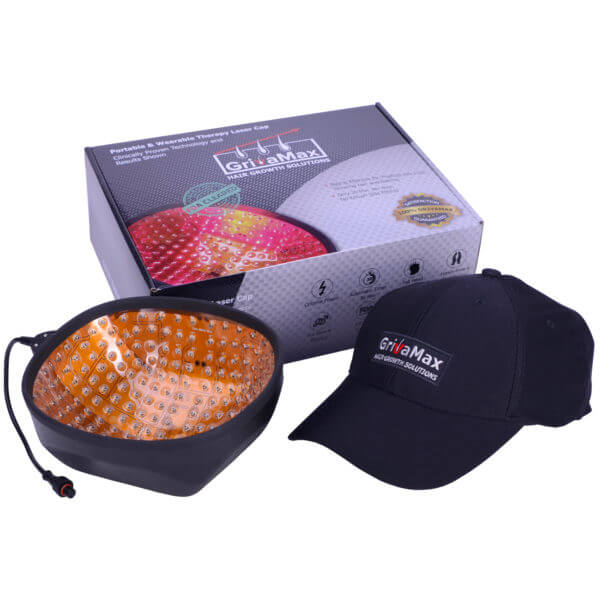
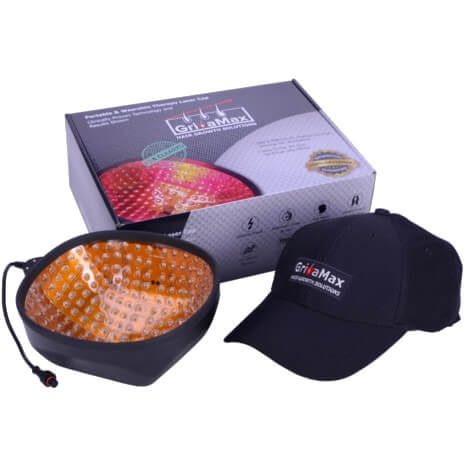

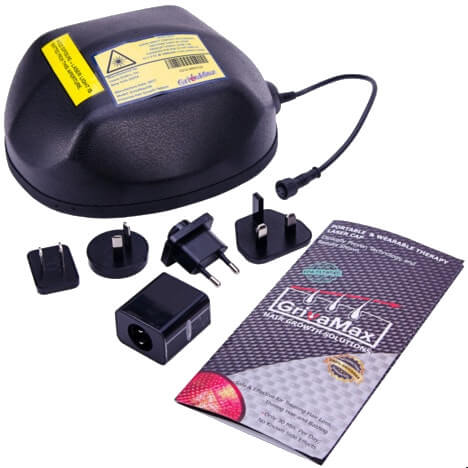



I’m using anti dandruff shampoo. I never thought that dandruff and hair loss are serious problems that require treatment.
I discovered hair loss after using anti dandruff shampoo.
I didn’t know that dandruff can cause hair loss. Now I will be more careful with hair.